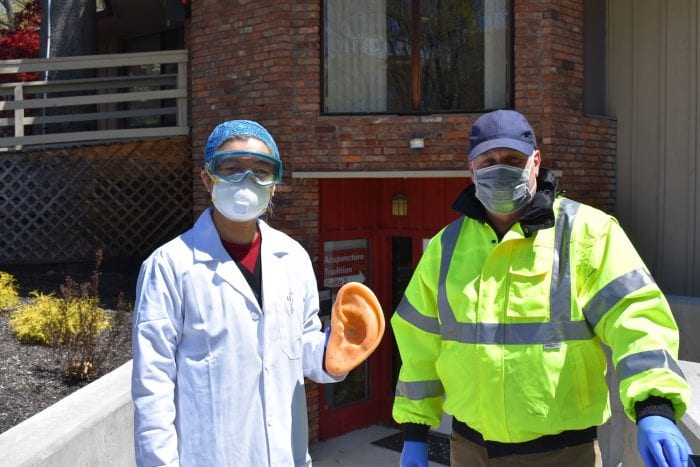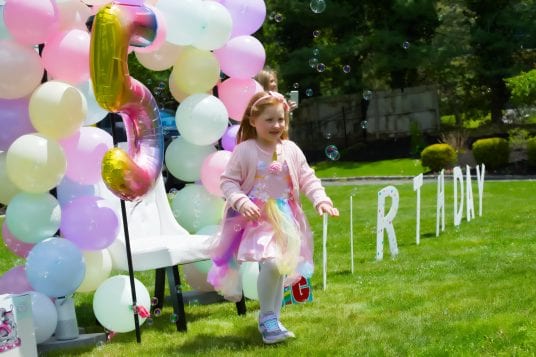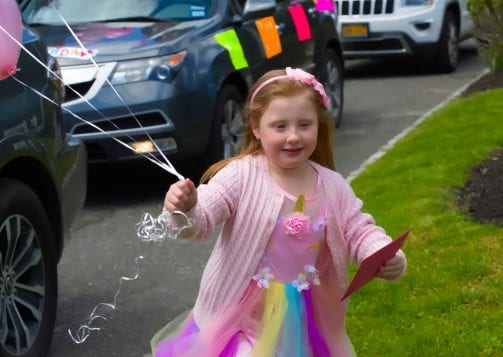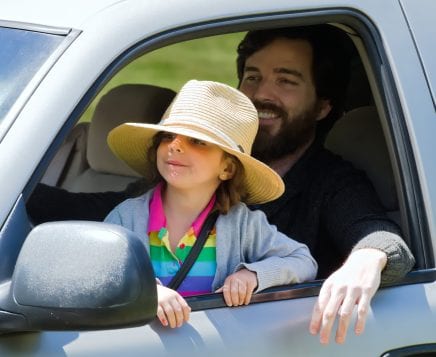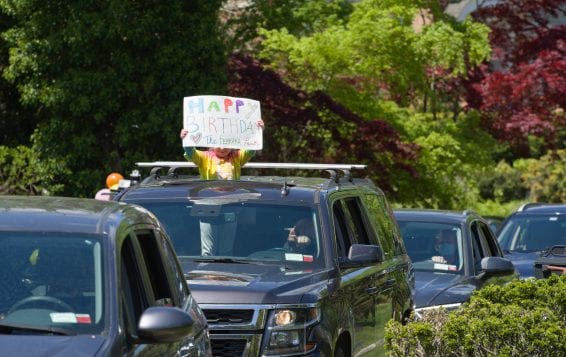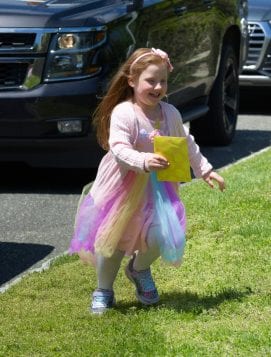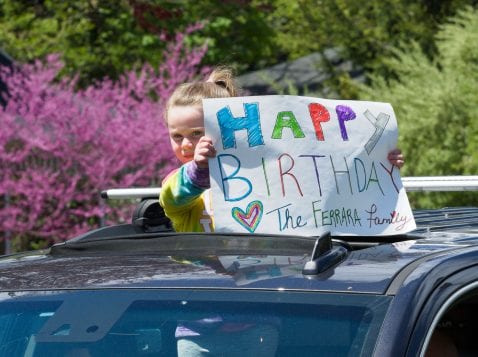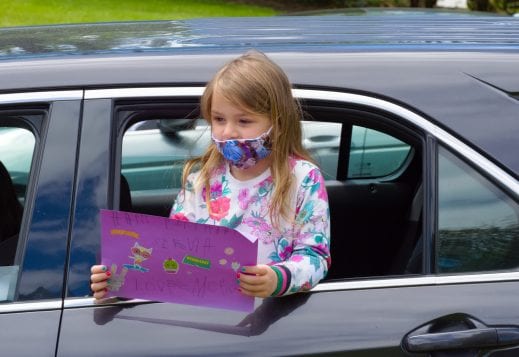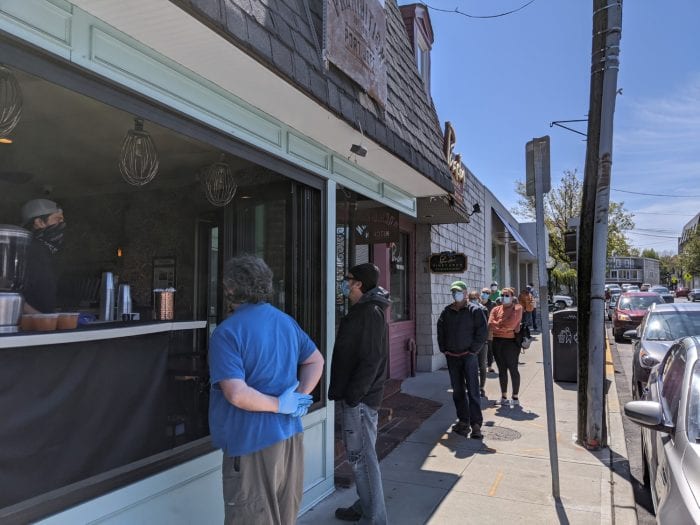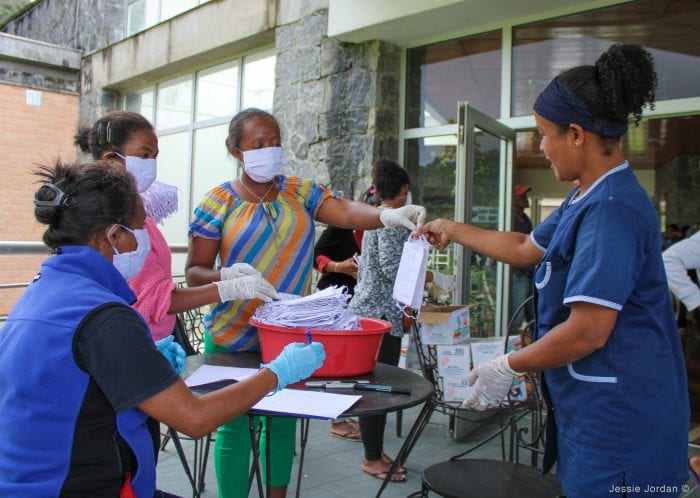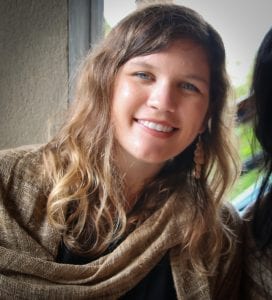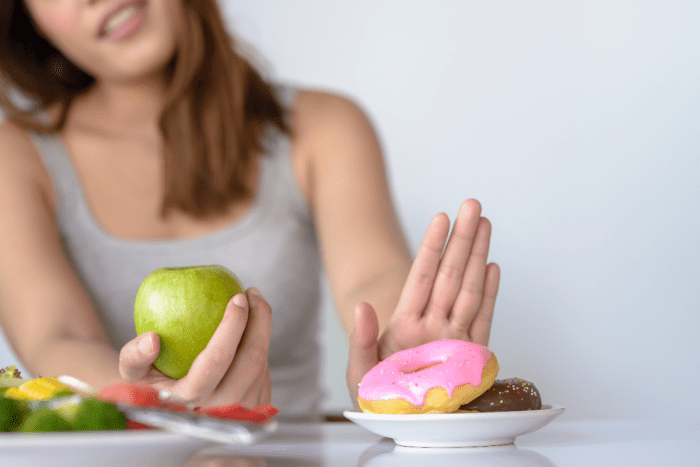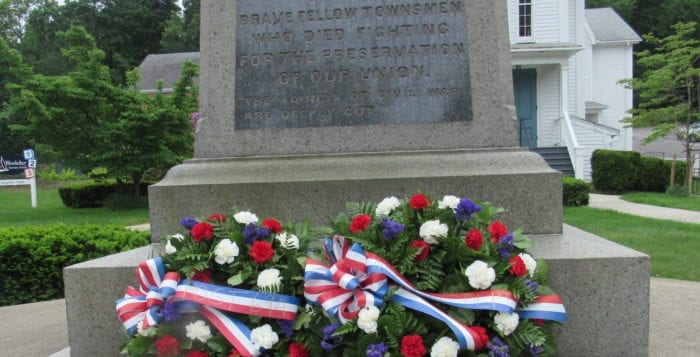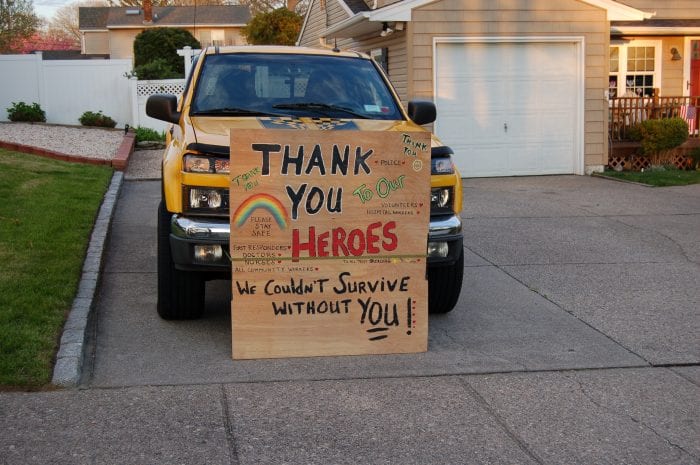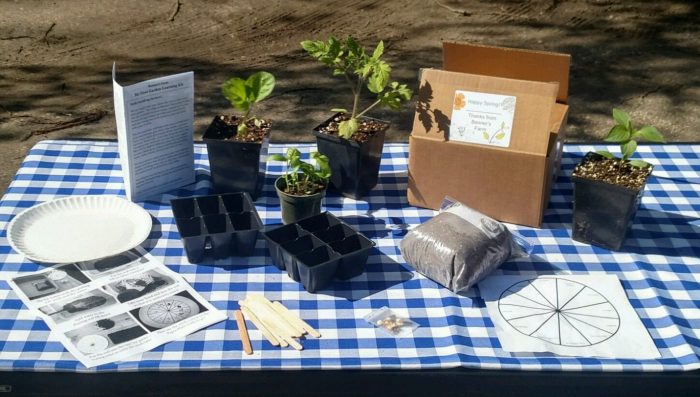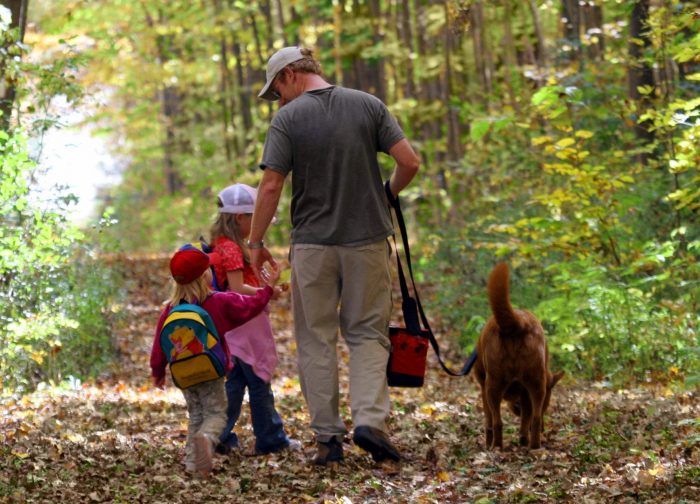In the lot of a small medical park in Port Jefferson, people relax in the drivers’ seats of their cars, the subtle smell of lavender wafting from barely cracked windows. In amidst the panic, both of the overriding senselessness of the world being turned upside down, and the smaller, creeping tide of waiting for things to get better, it was as close to an oasis as the current times could see.
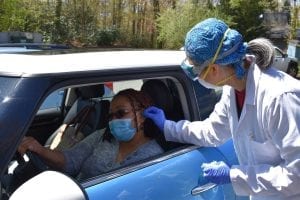
Done up in mask, gloves, hair cap, goggles and lab coat, acupuncturist Jennifer Hoang, the owner of Acupuncture Tradition in Port Jeff, has been providing small free-of-charge acupuncture sessions to people in the community. It does not matter if they were previous clients of her’s. All are welcome as long as she has supplies.
To her, it’s her way of giving back. As so many people are stuck at home, and many with chronic conditions unwilling to visit the hospitals and possibly contract the virus, the acupuncturist is offering whatever she can to aid people, especially those with anxiety, depression, and may help those in pain who may not have access to prescribed painkillers during the crisis.
“So many doctors are overloaded in their work and have not been able to take care of the patients who are not COVID,” she said. “There’s this whole population who are not being taken care of.”
The nature of the current pandemic makes it especially hard for practices like Hoang’s. Normally a procedure on different parts of the body could take upwards of an hour, but close proximity is not in the cards with the current crisis. Still, doing what she can, she is offering procedures on people’s ears while they remain in the car, and she remains outside.
Olga Turner, an operating room nurse at Mather Hospital, has been a patient of Hoang for a little over a year. She suffers from vertigo, anxiety, depression and upset stomach, but the acupuncture treatments, she said, has helped her immensely. She said being able to return to get any sort of treatment for her ailments, while she returns to work in the hospital, means so much to her.
“We are so used to caring for everybody else, and that’s one of my biggest issues because I have asthma so I couldn’t go into the city,” Turner said. “It just gets me that I can’t help more than I want to.”
Hoang knows of the crisis situations, and the impact such small services can have on the people experiencing it. She knows it from her childhood and from her father, Ngoc Hoang. When she was around 7 years old, her father and their whole family were caught up in the wave of “boat people” fleeing Vietnam after the Vietnam War in the late 1970s. Her father, was a Chinese medicine practitioner provided acupuncture treatments to the refugees right on the ground in the harsh jungle of South Vietnam and Malaysia. She and her brothers and sisters watched their father help others when so few people could.
“There were people who were really sick, and there was no medicine — there were doctors there but without medicine, there was little they could do,” Hoang said. “[My father] was able to help so many people … I would see grown men crying in pain or suffering from something else, and after an hour they walked out, better. That was something so powerful to me. I knew from then I was going to be an acupuncturist.”
The small Port Jeff team seems to have the process down. After filling out paperwork, Hoang performs the procedure, putting the needles in five points in the ear. The person then relaxes for a time after, normally around 30 minutes. On their cars is placed a small sign calling the car a “waiting” or “treatment room,” depending on what step a person is at. Each person is given a cotton ball scented with lavender, plus a small bag containing tea supplies.
Mount Sinai resident James Labriola has started to volunteer and help Hoang during these sessions. First reading about it, he simply called up Hoang and said, “You helped me, can I help you?”
Labriola said his dad had been to several sessions with Hoang before the start of the pandemic. His father, suffering from Parkinson’s disease, would limp into the acupuncture’s office, but the man would leave with a steady gait after treatment. After a few days, the pain would come back, but Labriola said seeing him move freely, even for such a short time, was worth it.
“It would usually last only two days, but it gave him two days of freedom, and that was amazing,” he said.
The acupuncturist has seen an average of 10 cars each day they’ve done the free procedures. Saturday, May 9, she treated a total of 17. Each is done for free, though she has accepted donations to help her afford the materials, especially needles. As long as she has the time and resources, she said she will continue to offer the service as long as the crisis mandates it.
“People are losing their income or falling back into their addictions,” Hoang said. “It’s wonderful to stay connected to the community, to my current patients, and offer some kind of relief.
Acupuncture Tradition, located at 640 Belle Terre Rd. Building D, is hosting other sessions Tuesday, May 12 from 3 to 6 p.m. and Saturday, May 16 from 1 to 4 p.m.
This article was amended May 14 to correct the experience of Hoang’s father, as well as small details of the services provided.

